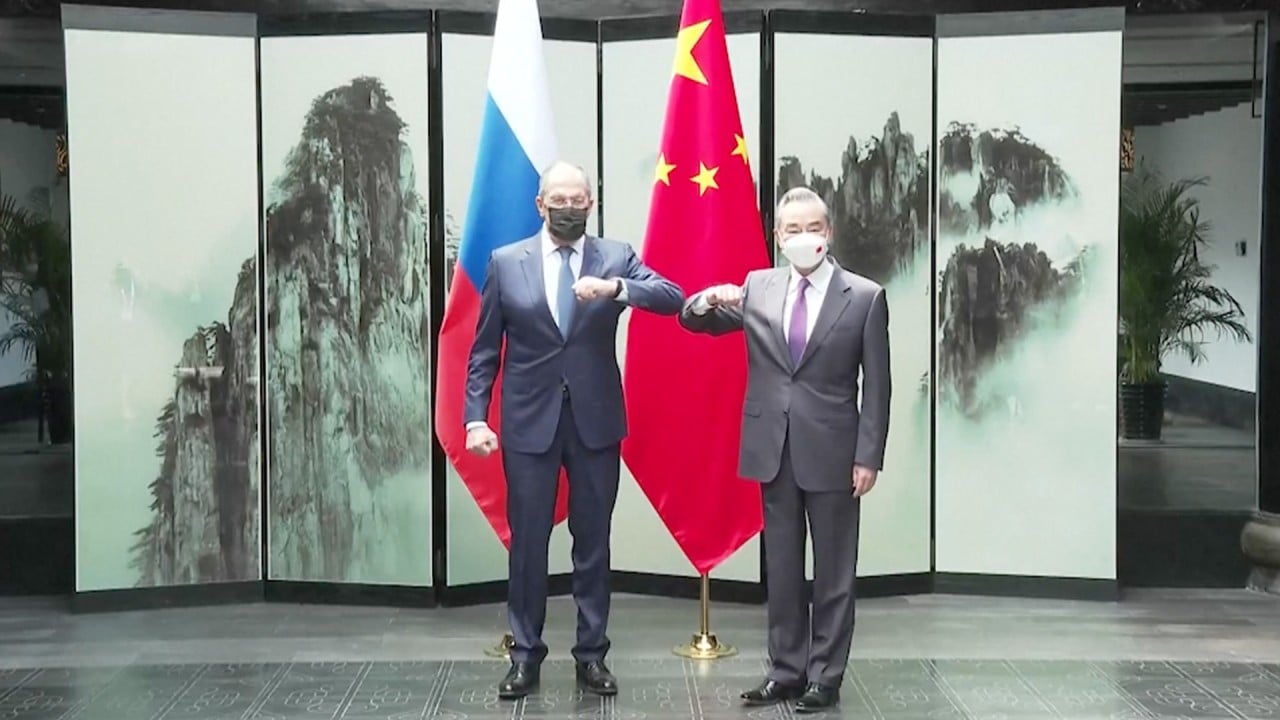Advertisement
Outside In | China-Russia ‘no limits’ relationship should be taken with a pinch of salt
- Attempts to lump the two countries together in an ‘axis of autocracy’ ignore their deep mutual mistrust, which goes back to the 19th century, and the strains resulting from China’s economic rise
- Their ties are pragmatic, motivated by a common shared suspicion of a number of Western powers, and geographic factors
Reading Time:4 minutes
Why you can trust SCMP
24

The Manicheans among us, who like to divide the world into “good” and evil”, have since Russia’s invasion of Ukraine doubled down on the idea that Russia and China are partners in an evil “axis of autocracy”, which must at all costs be brought to heel by an alliance of democracies.
Advertisement
The narrative has been reinforced by February’s joint statement by Russian President Vladimir Putin and Chinese President Xi Jinping that the relationship between their countries has “no limits” and that there are “no forbidden areas of cooperation”.
Beijing’s refusal to condemn Russia’s invasion – China was one of 35 nations that abstained from the United Nations vote – and its willingness to keep its market open to Russian oil, gas and coal, have prompted many to buy into the narrative, even though it is largely mistaken.
As Kadri Liik at the European Council on Foreign Relations said in a 2021 policy brief, Russia and China are not “two parts of a single problem”.
The reality is that despite a strong personal relationship between Putin and Xi – the two have met about 40 times since 2012 – China and Russia harbour deep mutual distrust that goes back to “unequal treaties” in the mid-19th century, and have little in common and divergent futures.

Advertisement

